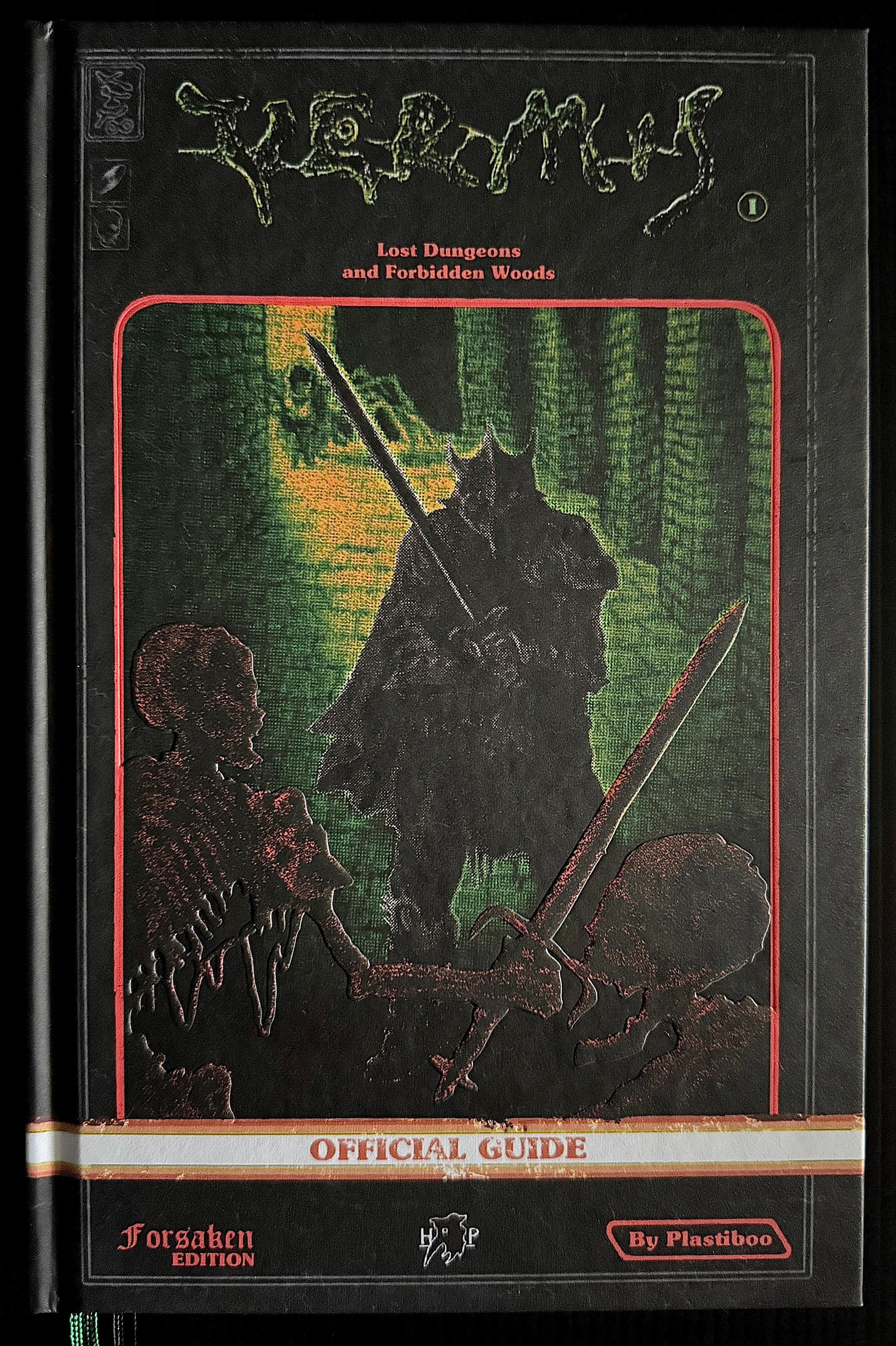Depends on the group. If mostly murder hobos, the 1-5 play loop is pretty close. If the group wants non combat encounters, you have a few more options.
For both types, #2 can include monsters that run away. Are they leaving just to save their own life? Or to warn nearby groups? Rally support? (Maybe that tribe of goblins is the 'reef cleaners' of the dungeon and are liked by many of the larger critters.) The party might find itself in a 'last stand' type of scenario if the many monsters that used the goblins are irritated that the pest control goblins were just killed. (Can the party recognize that the goblins are not hostile before the killing begins?)
#4 can include the possibility of finding a hidden cell with a kidnapped prince. Is the prince on the party's original list of things to do? Of course not! But it gives the party a decision to make.
If the party destroys the dungeon ecology, possible one of the results is a bunch of former dungeon critters wandering the topside looking for a new home and killing local farmers in the process. The nearby villagers could be rather pissed at the party of conquering heroes when the party shows up at a local tavern and begins boasting about the many battles. "Oh, YOU are the ones that caused the death of my sister's family! Sheriff, arrest them!"
For both types, #2 can include monsters that run away. Are they leaving just to save their own life? Or to warn nearby groups? Rally support? (Maybe that tribe of goblins is the 'reef cleaners' of the dungeon and are liked by many of the larger critters.) The party might find itself in a 'last stand' type of scenario if the many monsters that used the goblins are irritated that the pest control goblins were just killed. (Can the party recognize that the goblins are not hostile before the killing begins?)
#4 can include the possibility of finding a hidden cell with a kidnapped prince. Is the prince on the party's original list of things to do? Of course not! But it gives the party a decision to make.
If the party destroys the dungeon ecology, possible one of the results is a bunch of former dungeon critters wandering the topside looking for a new home and killing local farmers in the process. The nearby villagers could be rather pissed at the party of conquering heroes when the party shows up at a local tavern and begins boasting about the many battles. "Oh, YOU are the ones that caused the death of my sister's family! Sheriff, arrest them!"






